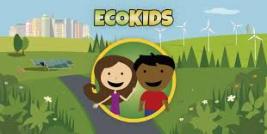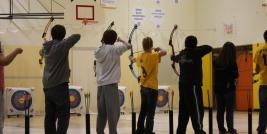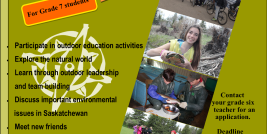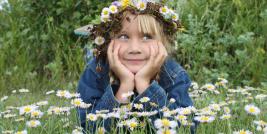- Grade 2
- Students will look for clues to determine what plants, invertebrates, animals and birds live in the area and what parts of their life cycle they can observe.
- Trip can be done as follows:
- Condie – full day- accessible by wheelchair
Related Documents:
Online Resources:
| Curriculum Connections |
|
Outcomes |
Indicators |
Grade 2 |
Science |
AN2.1 Analyze the growth and development of familiar animals, including birds, fish, insects, amphibians, and mammals, during their life cycles. |
c,d,e,f,g,h,i |
|
|
Science |
AN2.2 Compare the growth and development of humans with that of familiar animals. |
a |
|
|
Science |
AN2.3 Assess the interdependence of humans and animals in natural and constructed environments. |
a,b,c,d,e,f,g |
|
|
Science |
AW2.2 Assess the importance of air and water and survival of living things, including self, and the environment. |
c,d,h,i |
|
|
Phys Ed |
PE2.1 Apply a repertoire of strategies, with guidance, for developing components of health related fitness, including cardiovascular endurance, flexibility, muscular endurance, and muscular strength through participation in a variety of movement activities. |
b,i |
|
|
Phys Ed |
PE2.2 Analyze daily habits and actions that demonstrate personal engagement in, and taking personal responsibility for, leading a physically active life. |
a,b,c,f,g,h |
|
|
Phys Ed |
PE2.6 Vary the performance of the body, while performing locomotor, non-locomotor, and manipulative skills by applying basic movement variables of:
|
g,h |
|
|
Phys Ed |
PE2.8 Apply a repertoire of strategies and skills, with guidance, for and through active participation in a variety of movement activities including:Alternate environment activities and games (e.g., hiking, skating, aquatics, orienteering, cross- country, skiing, cycling, dog sledding, tobogganing). |
d,h |
|
|
Phys Ed |
PE2.9 Examine and express the purpose of rules, procedures, etiquette, and safe behaviours and apply them while participating in a variety of movement activities. |
a,b,c |





